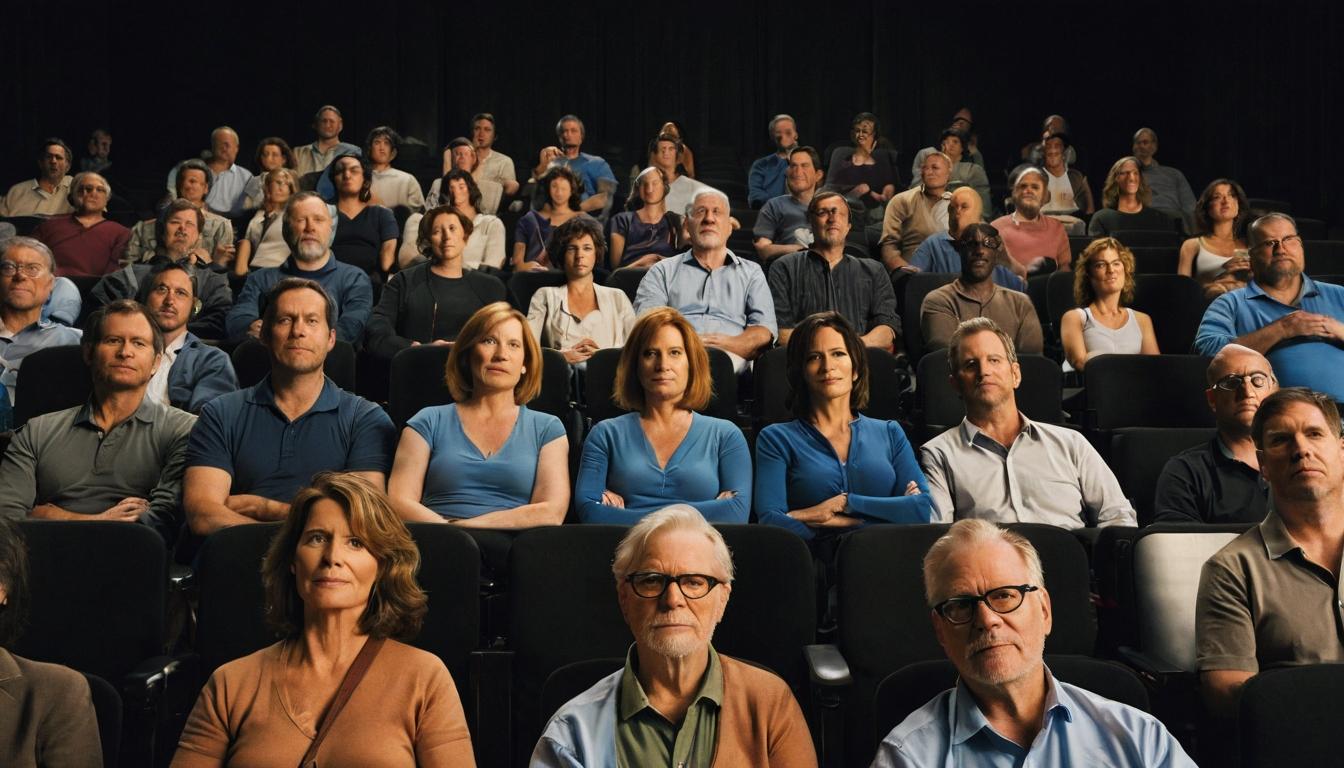In the darkened theater, we watch the hero's face contort in terror. We see the shadowy figure approach, we witness the trembling hands, but what truly makes our own pulse quicken isn't what we see—it's what we hear. The subtle creak of a floorboard three rooms away, the distant drip of water echoing through cavernous spaces, the almost imperceptible shift in atmospheric pressure that signals impending doom. This is the work of sound designers, Hollywood's most overlooked artists.
While audiences debate cinematography and directors chase Oscars, the architects of our auditory experience remain largely anonymous. Yet their work shapes every emotional beat of the films we love. Consider the iconic lightsaber hum from Star Wars—a sound created by accident when sound designer Ben Burtt combined the interference from a television set with the whir of a film projector. That happy accident became one of cinema's most recognizable sounds, proving that sometimes genius emerges from the margins.
Modern blockbusters have turned sound design into an arms race of sorts. The recent Dune films feature what might be the most ambitious soundscapes ever created for cinema. Sound designers spent months recording everything from desert winds to specialized instruments to create the unique sonic palette of Arrakis. The result isn't just impressive—it's essential to the storytelling. The silence of space battles, the visceral thump of sandworm movements, the delicate rustle of stillsuits—these aren't decorative elements but narrative tools.
Yet despite their critical importance, sound designers rarely receive public recognition. While cinematographers and costume designers have become household names among film enthusiasts, even the most dedicated movie fans would struggle to name more than one or two sound artists. This anonymity persists despite sound being arguably the most primal element of cinematic experience. Before humans developed language, we responded to sounds as warnings, comforts, and communications. Film sound taps directly into these ancient neural pathways.
The technological revolution has transformed sound design from an analog craft into a digital art form. Where once Foley artists physically created sounds using everyday objects, today's sound designers wield sophisticated software that can manipulate audio at the molecular level. The roar of Godzilla in the recent MonsterVerse films contains elements of bear growls, elephant trumpets, and volcanic eruptions—all digitally layered and processed to create something entirely new yet strangely familiar.
Independent cinema has become an unexpected laboratory for sonic innovation. With smaller budgets forcing creativity, indie sound designers often pioneer techniques that later become industry standards. The haunting silence of A Quiet Place wasn't just a narrative device—it was a masterclass in using absence as presence. The film's sound team created an entire vocabulary of subtle sounds that would normally be drowned out by conventional movie audio, reminding us that what we don't hear can be as powerful as what we do.
Streaming has introduced new challenges and opportunities for sound design. The compression required for digital delivery can strip away nuance, while the variety of playback devices—from theater systems to smartphone speakers—demands multiple mixes for the same film. Yet streaming has also democratized access to sophisticated sound design, allowing filmmakers working outside the studio system to create rich auditory experiences that would have been impossible a decade ago.
The relationship between sound and image remains cinema's most delicate dance. Great sound design doesn't merely support the visuals—it converses with them. In Babylon, the chaotic energy of 1920s Hollywood emerges through a cacophony of overlapping sounds that mirror the visual frenzy. In Everything Everywhere All at Once, the multiverse manifests sonically through subtle shifts in audio quality and texture. These aren't background elements but active participants in the storytelling.
As virtual reality and augmented reality technologies mature, sound design faces its next frontier. Spatial audio—which allows sounds to come from specific directions and distances—promises to make auditory experiences even more immersive. The challenge for sound designers will be to use these new tools without overwhelming audiences or distracting from narrative coherence. The best sound design has always been felt rather than heard, and this principle will only become more important as technology advances.
Perhaps what makes great sound design so magical is its ability to operate on our subconscious. We may not notice the carefully crafted ambient sounds of a forest scene, but we feel the authenticity. We might not consciously register the way a character's voice changes as they move between rooms, but we understand the spatial relationships. This invisible craftsmanship is what separates memorable films from forgettable ones.
The next time you find yourself completely absorbed in a movie, take a moment to listen. Really listen. Notice how the sound tells its own story, how it guides your emotions, how it builds worlds beyond the edges of the frame. Then remember that somewhere, probably uncredited in the marketing materials, a team of sonic artists made that experience possible. They may work in the shadows, but they're among cinema's most essential magicians.
The invisible art: why movie sound design deserves its moment in the spotlight

